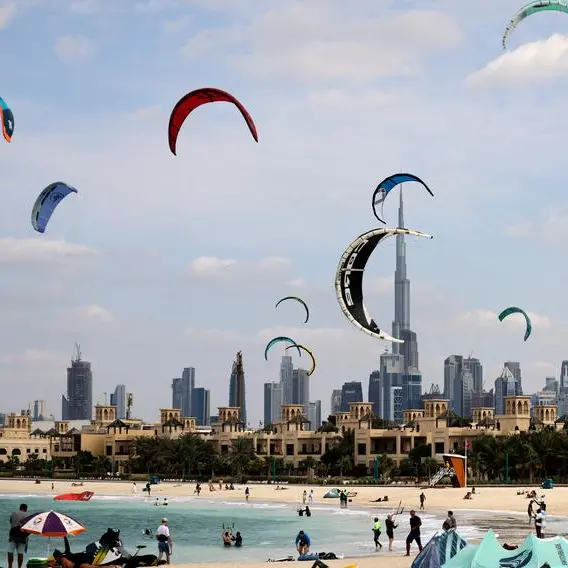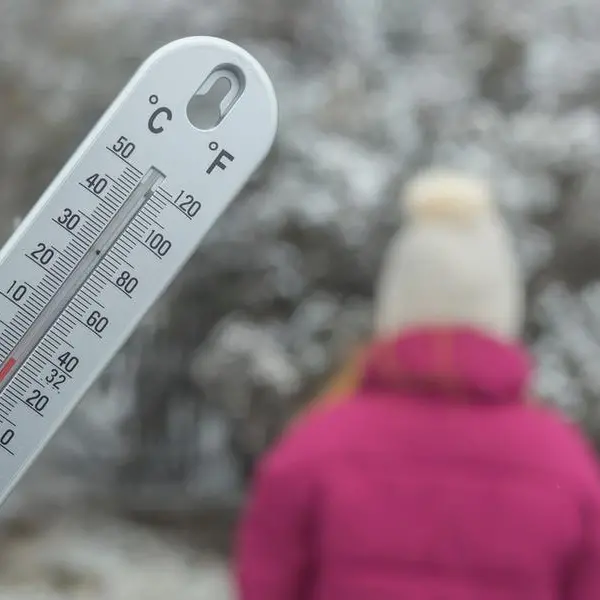“As part of our five-year strategy, we will be developing an air quality policy for the Emirate of Abu Dhabi. The policy will pave the path to improving air quality in the emirate through a number of instruments,” the EAD said.
On Monday, the Abu Dhabi Air Quality Monitoring System data of 19 stations across the emirate showed 14 areas as ‘moderate’, four ‘unhealthy for sensitive group’ and one in ‘good’ category.
The air quality index calculations are based on the measurements of five main pollutants: Nitrogen dioxide, carbon monoxide, ozone, sulphur dioxide and particulate matter. Air quality index categories are: 0-50 (good), 51-100 (moderate), 101-150 (unhealthy for sensitive groups), 151-200 (unhealthy), 201-300 (very unhealthy) and 300-500 (hazardous).
In the Abu Dhabi mainland and suburbs, Al Maqta area was found to be ‘good’ while Hamdan Street, Khalifa City A and two other stations were moderate. Industrial areas of Mussafah and Mafraq and Bani Yas were found to be ‘unhealthy for sensitive groups’. No station in Abu Dhabi reported an air quality index in ‘unhealthy’ category.
Over the next five years, the EAD will carry out a five-step strategic plan to improve the quality of air.
First step is to strengthen the regulatory framework related to air quality with focus on improving management of main sources of air pollution.
Second will enhance infrastructure and local capacity of monitoring and management of air quality.
Third step is to be fully prepared for extreme natural dust storms through warning schemes, which will lead to less public exposure to bad quality air.
Fourth is to improve public and institutional awareness on issues related to air quality while the final one will enhance scientific knowledge on air quality and its impact on public health and ecosystems.
Copyright © 2021 Khaleej Times. All Rights Reserved. Provided by SyndiGate Media Inc. (Syndigate.info).






















